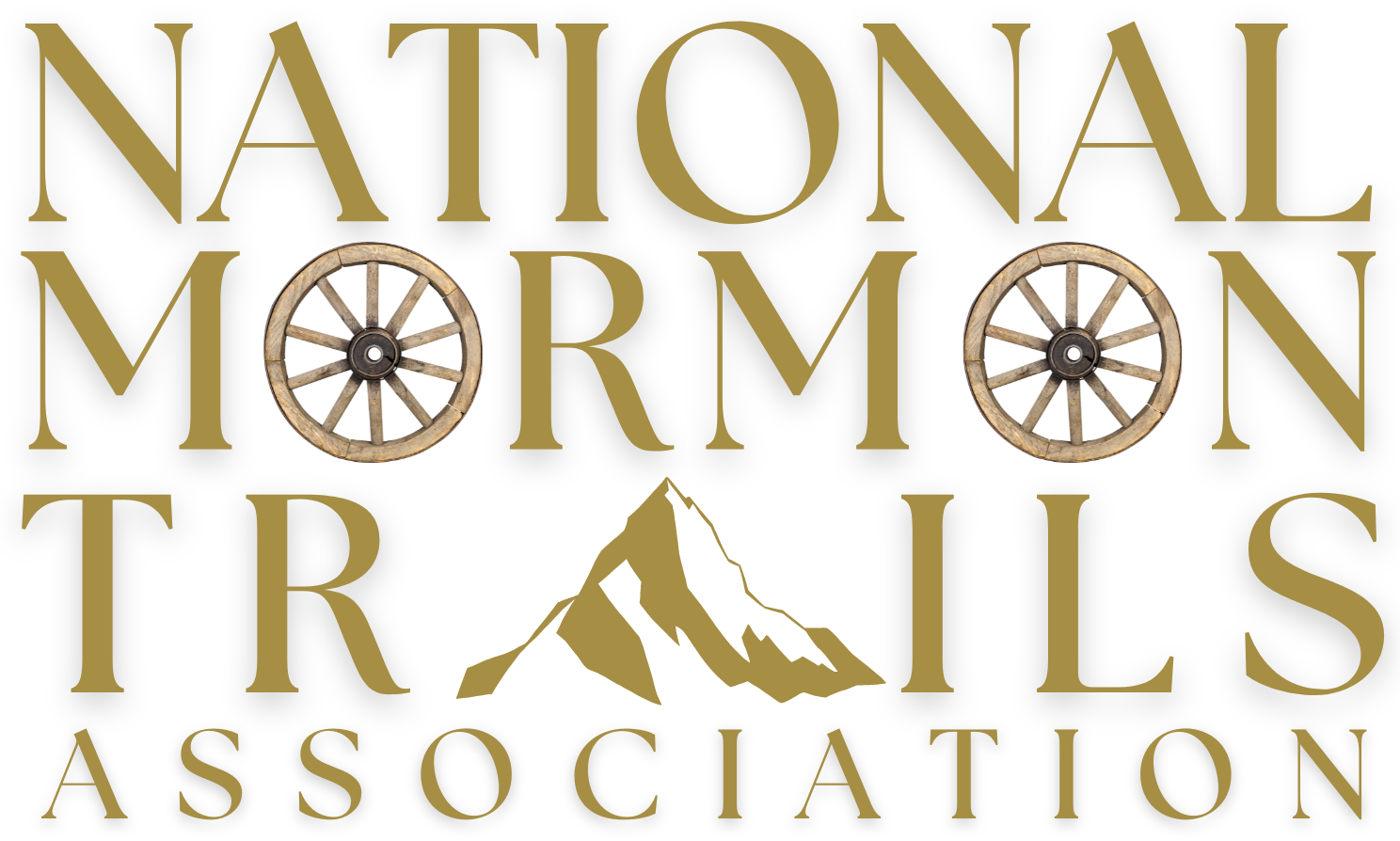
The rendezvous for western-bound brethren in the spring of 1848 was the Elkhorn River, and thither at the end of May went Brigham Young, who organized the people and gave them instructions to be observed on the way. Good order was to be preserved in camp; there must be no shouting; prayers were to be attended to, and lights put out at 9 o’clock. Drivers of teams must walk beside their oxen and not leave them without permission. To secure grass and water, the emigration was separated into divisions, of which there were two principal ones, under Brigham Young and Heber C. Kimball, with several sub-divisions. In June and July two small parties left Great Salt Lake City to meet the immigration, and another in August.
Although the greatest migration of 1848 came from Winter Quarters under the direction of President Brigham Young, independent companies also came; and as late as November, mail carriers arrived from the east. From the west came missionaries returning from the South Seas, Mormon Battalion men who had wintered in California, and passengers from the good ship Brooklyn who had sailed around the Horn and waited on the coast since 1846 to join their friends. By the end of the year, at least five thousand of the Saints assembled in the valley.
Route
With few exceptions they followed the same route as in 1847. They used copies of William Clayton’s “Emigrant Guide” [Thomas Bullock was peddling 100 copies in the camp.] They crossed the Platte River about 6 miles west of Scotts Bluff instead of by Ft. Laramie (Ft. John). There were also slight route variations on both sides of Ft. Bridger, referred to by Thomas Bullock as “much better than the road they travelled before” [previous year]. According to Agnes Cross Douglass, they made bridges and roads and sometimes followed the tracks of the 1847 pioneers.
Join Our Group
As a member of the National Mormon Trails Association, you join a community that celebrates the history and maintains the trail’s resonant voice.

